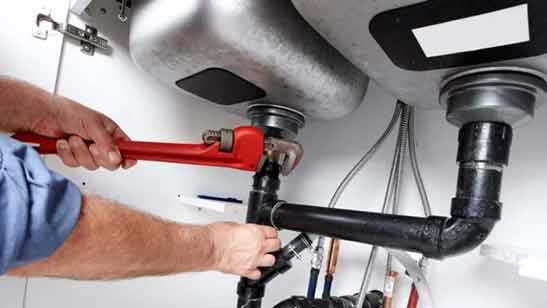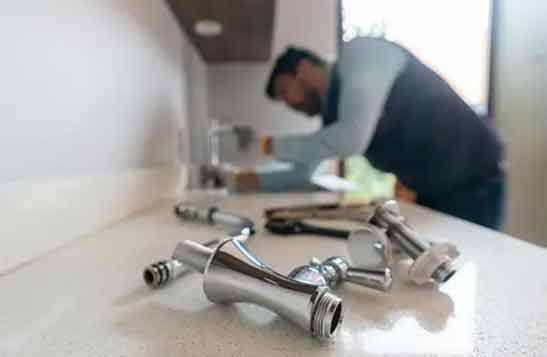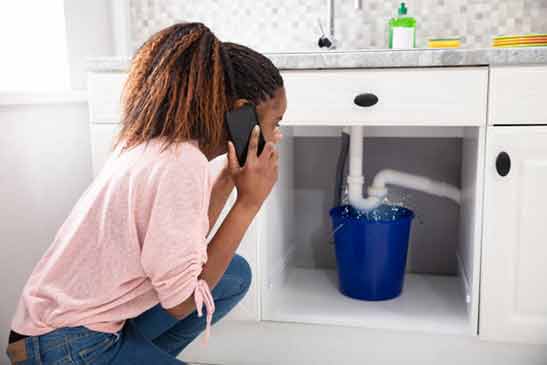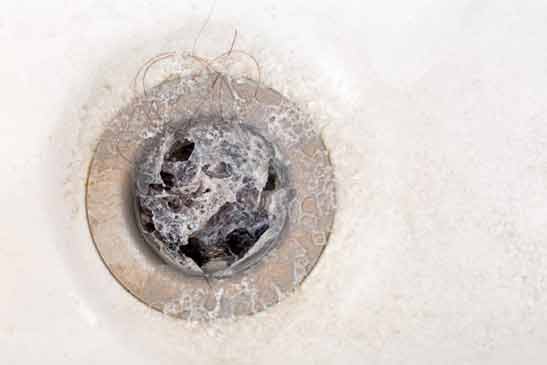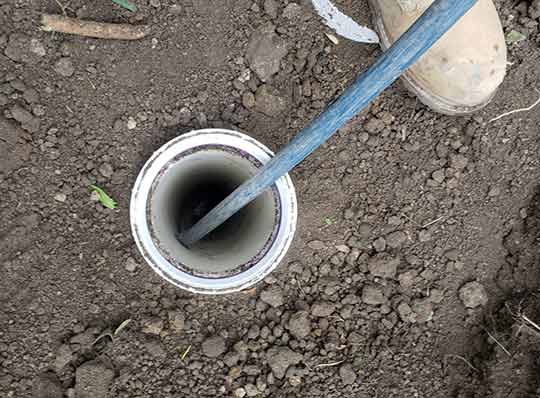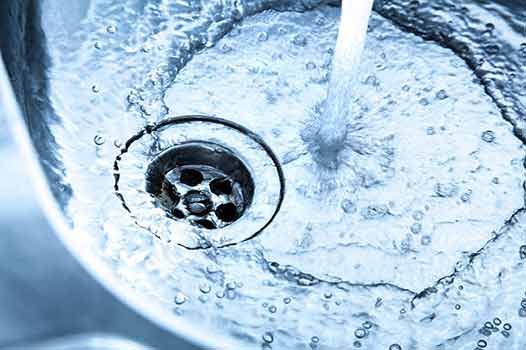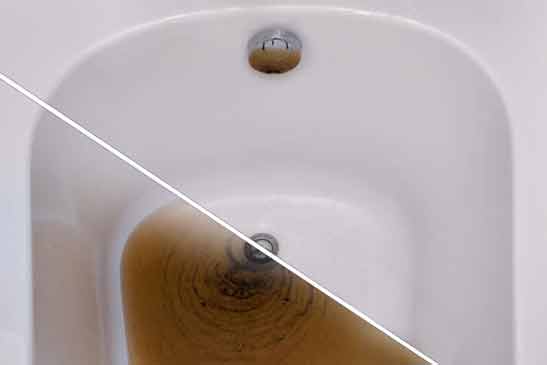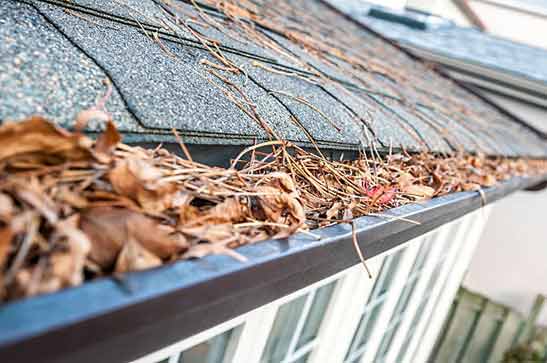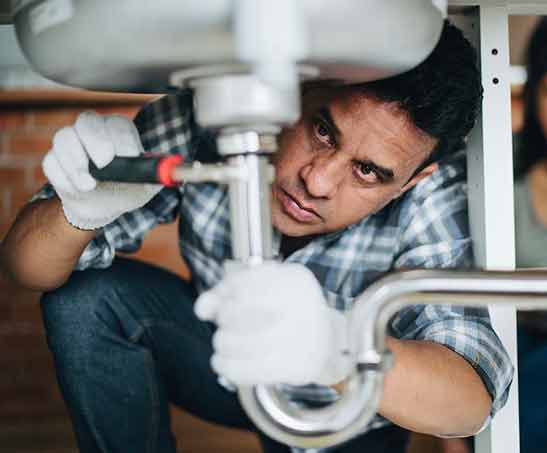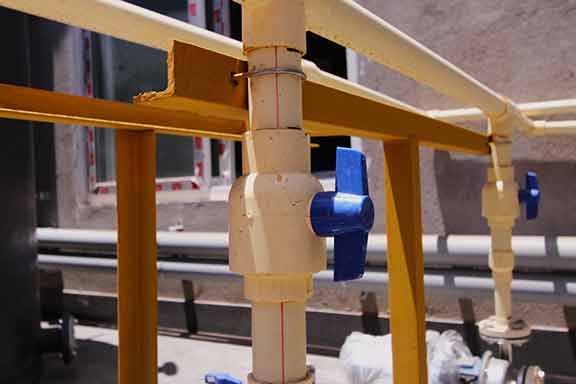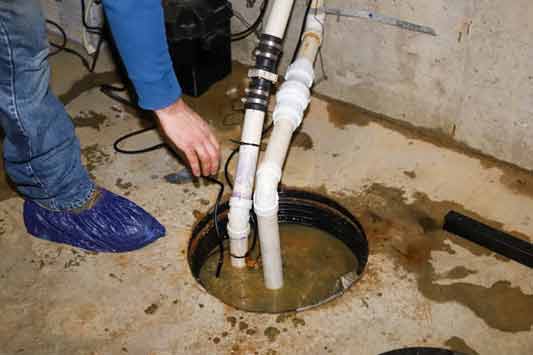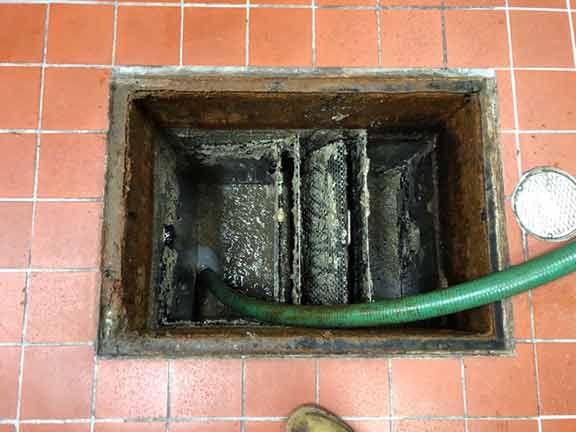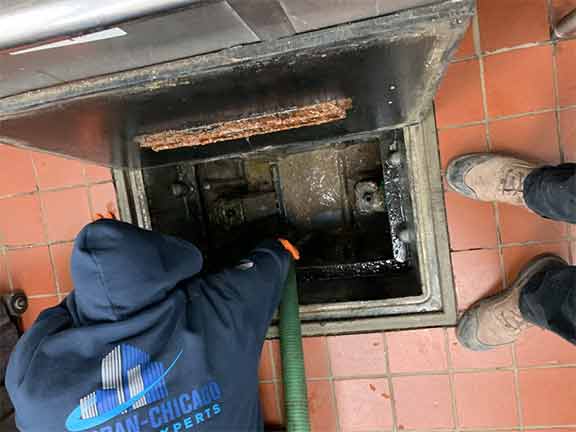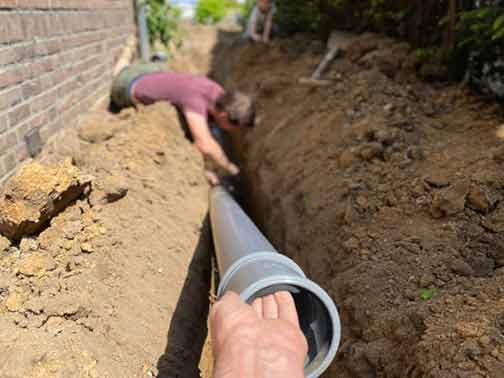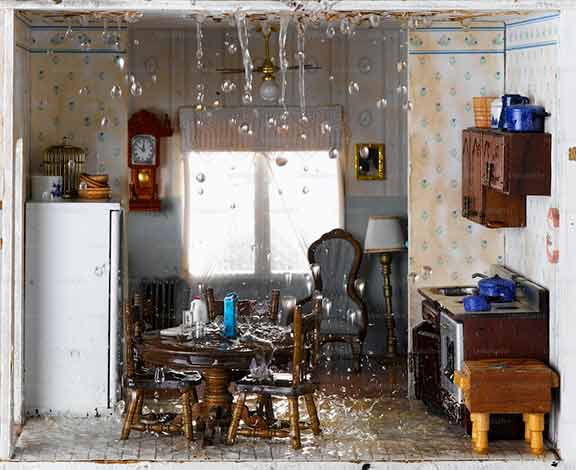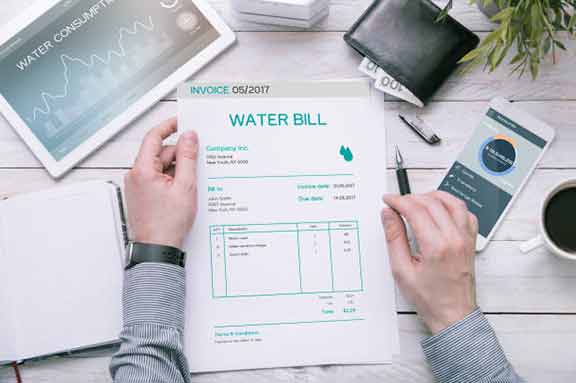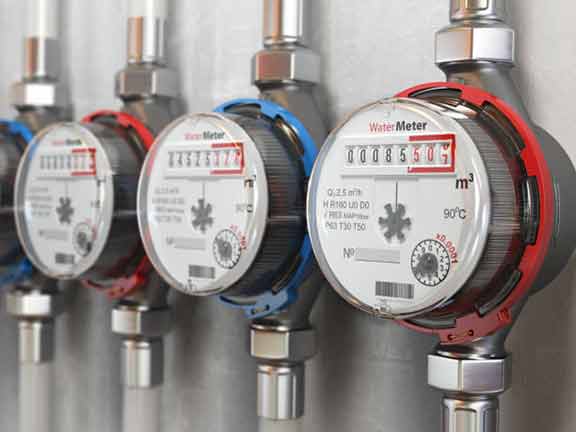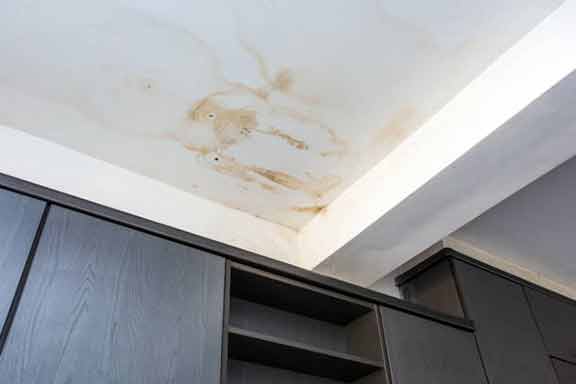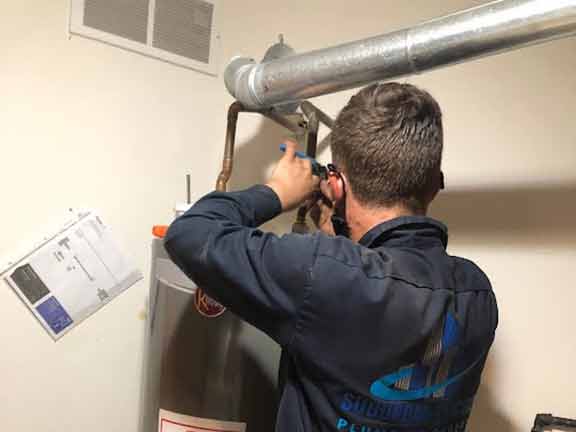
When it comes to plumbing issues in your home or office, it is crucial to choose the right plumbing service provider. Whether you are facing a backed up drain or a burst pipe emergency, hiring a reliable and professional plumber can make all the difference in resolving the problem efficiently and effectively. This article will guide you through the process of selecting the right plumber in Lincoln Park, ensuring that your plumbing needs are met with expertise and professionalism.
Consider Your Specific Needs
Before embarking on the search for a plumbing service provider, it is important to identify and assess your specific plumbing needs. Understanding the nature and severity of the problem will help you choose a plumber with the right expertise and experience. Whether you require routine maintenance, emergency repairs, or installation services, clarifying your needs will narrow down your options and ensure that you find the most suitable plumbing service provider.
Research Local Plumbing Companies
Once you have a clear understanding of your plumbing needs, it is time to research local plumbing companies in Lincoln Park, Chicago. There are various resources available to help you find reputable service providers, such as online directories, review websites, and recommendations from friends and neighbors. Make a list of potential plumbers and gather information about their experience, qualifications, and customer reviews.
Check for Proper Licensing and Insurance
When evaluating potential plumbing service providers, it is essential to check if they have the necessary licensing and insurance. Valid licensing ensures that the plumber has met the required standards and has the knowledge and skills to handle your plumbing needs. Insurance coverage protects you and the plumber in case of any accidents or damages that may occur during the job. Request proof of licensing and insurance from the plumbing companies on your list before making a final decision.
Assess Experience and Expertise
Experience is a vital factor when selecting a plumbing service provider. A well-established plumber with years of experience is more likely to have encountered a wide range of plumbing issues and is equipped to handle complex problems efficiently. Additionally, consider the expertise and specialization of the plumbing company. Some plumbers may specialize in residential plumbing, while other companies specialize in commercial plumbing services. Choose a plumbing service provider whose expertise aligns with your specific needs.
Read Customer Reviews and Testimonials
Customer reviews and testimonials provide valuable insights into the quality of service provided by a plumbing company. Take the time to read through reviews on various platforms, such as Google, Yelp, or the company’s website. Look for patterns in the feedback, paying attention to the company’s responsiveness, timeliness, professionalism, and overall customer satisfaction. Positive reviews and testimonials from satisfied customers are a good indication of a reliable plumbing service provider.
Ask for Referrals and Recommendations
If you have friends, family, or colleagues who have recently used plumbing services in the Lincoln Park area don’t hesitate to ask for referrals and recommendations. Personal recommendations are often reliable and can give you a sense of the plumber’s performance, reliability, and customer service. However, it is important to note that your plumbing needs may differ from those of others, so it is still crucial to conduct your own research and assessments before making a decision.
Obtain Multiple Quotes
Before finalizing your decision, obtain multiple quotes from different plumbing service providers. While cost should not be the sole determining factor, comparing quotes will give you a general idea of the market rates and help you avoid being overcharged. Keep in mind that extremely low prices may indicate subpar service or the use of inferior materials. Choose a plumbing service provider that offers a reasonable and transparent pricing structure.
Consider Customer Support and Emergency Services
Plumbing emergencies can occur at any time, which is why it is important to consider the customer support and emergency plumbing services offered by a company. Verify their availability and response time, especially during non-office hours or holidays. A reliable plumbing service provider should have a responsive customer support team that can address your queries and dispatch a plumber promptly in case of emergencies.
Review Warranty and Guarantees
Reputable plumbing service providers often offer warranties or guarantees to assure customers of their quality workmanship. Inquire about any warranties or guarantees provided by the plumbing companies on your list. A strong warranty demonstrates the plumber’s confidence in their work and ensures that they will rectify any issues that may arise after the job is completed. Make sure to read and understand the terms and conditions of the warranty before making your final decision.
Make Your Decision and Schedule a Consultation
After thorough research, assessments, and comparisons, it is time to make your decision and schedule a consultation with the chosen plumbing service provider. During the consultation, discuss your plumbing needs in detail and ask any remaining questions you may have. A face-to-face meeting will allow you to gauge the plumber’s professionalism, communication skills, and overall demeanor, helping you determine if they are the right fit for your requirements.
Conclusion
Choosing the right plumbing service provider in Lincoln Park requires careful consideration of your specific needs, extensive research, and evaluations. By keeping these essential factors in mind and following the recommended steps, you can ensure that your plumbing issues are resolved efficiently and effectively by a reliable and professional plumber. Remember to prioritize experience, licensing, insurance, customer reviews, and warranties when making your decision. With the right plumbing service provider by your side, you can have peace of mind knowing that your plumbing needs are in capable hands.
—
